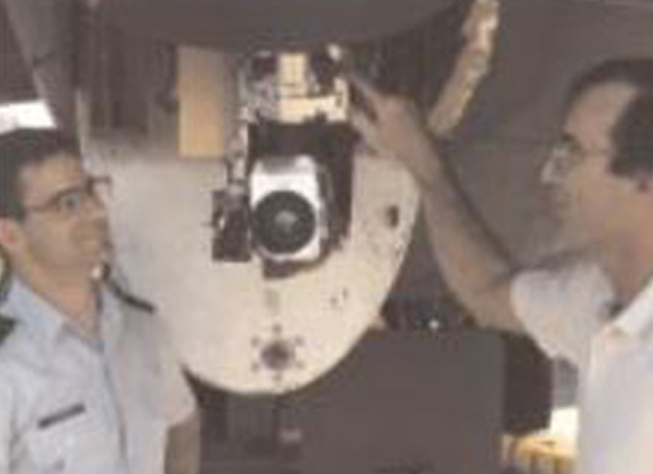From 1973 to 1980, DARPA funded efforts that reduced to practice a totally new concept for obtaining infrared (IR) images of targets.
In Desert Strom, warfighters use such imagers to locate tanks and other military equipment buried in the sand. To continue to advance the technology, DARPA-funded R&D for a new generation of IR imagers in the mid-90s.
One of the resulting new technologies, known as the Schottky IR Imager mated Schottky barriers — devices that control the direction of electronic flow with a designed interface between a metal and a semiconductor — to standard silicon technology, creating a more reliable and cost effective IR imager that delivered a much higher image resolution than previous generations.
In March 1996, the Air Force began conversion of all B-52 IR imagers to the Schottky version, projecting a $15M savings per year as a result of the transition.
